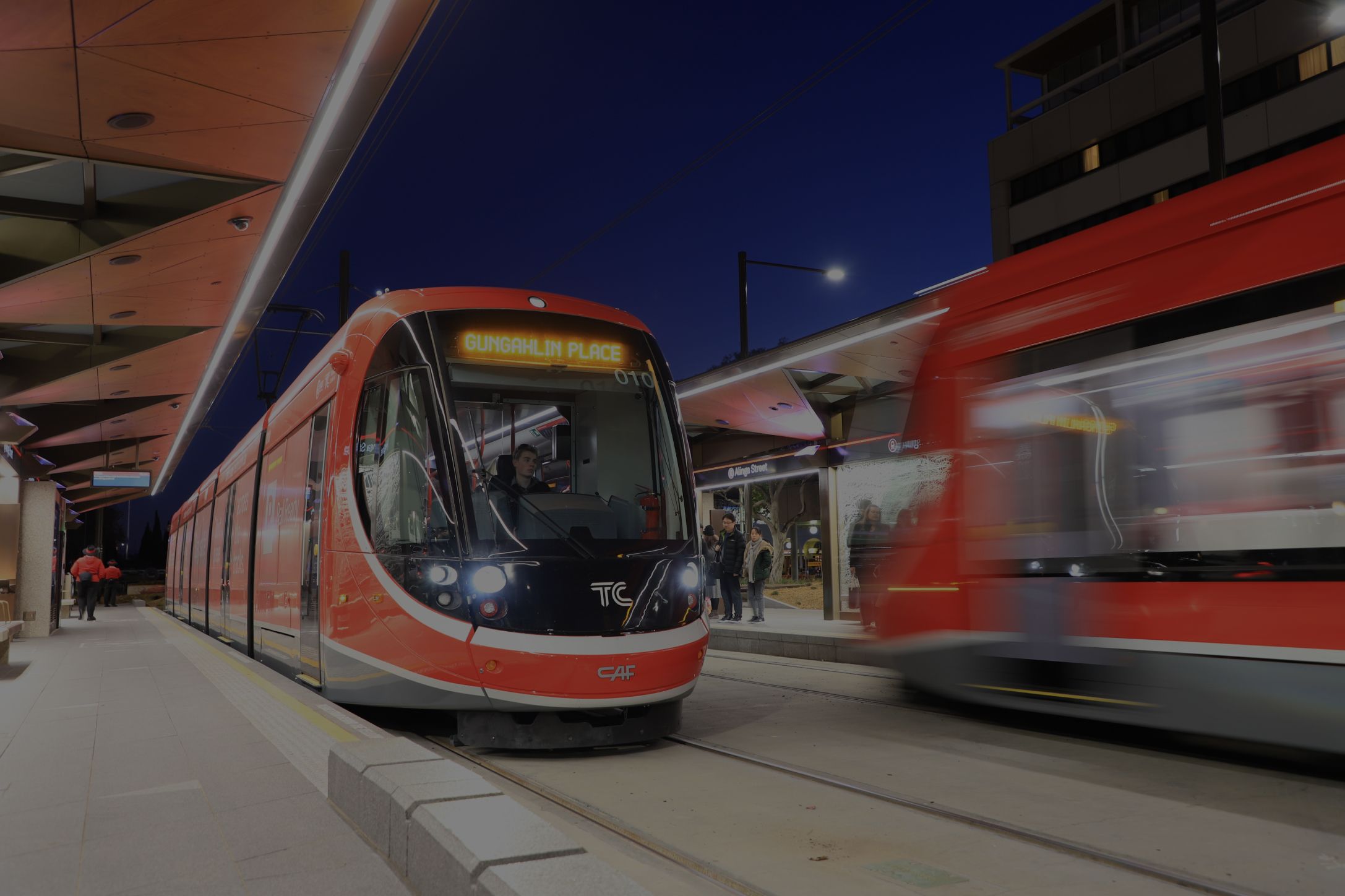ATO, Revolutionary Efficiency
The railway industry continues to advance with new technologies aimed at optimising operations in response to the challenge of increasing demand. One of the most significant breakthroughs in this regard has been the integration and development of Automatic Train Operation (ATO).
ATO is already implemented in several countries worldwide, primarily on metro lines. In Spain, for example, all lines of the Madrid and Bilbao metro systems, most of those in Barcelona, and the main line in Valencia utilise highly automated driving systems.
However, ATO is still a technology with great potential, which remains underutilised on open lines. ATO brings benefits that will significantly enhance transport capacity, real-time traffic management, and energy efficiency.
What is ATO?
Automatic Train Operation (ATO) is a system that enables the operation of trains with varying levels of automation, ranging from partial driver assistance to fully autonomous operation without on-board staff. These levels are typically classified into four grades:
- Grade of Automation 1 (GoA1): Manual operation with automatic systems providing only protection.
- Grade of Automation 2 (GoA2): Semi-automation with a driver on board who handles certain functions.
- Grade of Automation 3 (GoA3): High automation where an operator supervises, but the train is autonomously controlled.
- Grade of Automation 4 (GoA4): Full automation, requiring no on-board staff, with systems managing all train functions.
Clearly, the future of the sector lies in the adoption of this increasingly advanced technology, with benefits such as:
Improved Operational Efficiency. By automating various driving tasks such as acceleration, braking, and speed control, trains can operate more consistently and efficiently. This leads to reduced energy consumption, as the automatic system can optimise speed profiles and energy use more accurately than a human driver.
Furthermore, ATO enhances railway traffic management. With the ability to run trains at shorter intervals and more precisely, network capacity can be increased without the need for complex investments in additional infrastructure. This is especially important in congested urban areas where increasing capacity through traditional methods is challenging.
Reduced Operating Costs. The implementation of ATO leads to significant long-term reductions in operating expenses. By maximising train efficiency, equipment wear and energy consumption are reduced, leading to lower maintenance and operational costs.
In terms of infrastructure, ATO optimises resource use. The ability to run trains more frequently and at shorter intervals maximises the use of rail tracks and can defer the need for costly investments in new infrastructure. All of this contributes to a more sustainable and cost-effective operating model for railway companies.
Enhanced Passenger Experience. More precise and predictable operation allows passengers to enjoy a more reliable and punctual service, as well as improved comfort. Automated trains can maintain stricter schedules, reduce waiting times, and minimise service disruptions.
- Sustainability and Energy Efficiency. Sustainability is an increasing priority for the railway industry, and ATO plays a key role in this regard. Automated systems optimise energy consumption by implementing efficient driving patterns and regenerating energy during braking. Not only does this reduce carbon emissions, but it also lowers the environmental footprint of rail transport, aligning with global sustainability and emission reduction goals.
Challenges in Implementing ATO
Numerous development and harmonisation projects for ATO are currently underway. Some of these projects, such as automatic driving applications and ATO over ERTMS, are pivotal for the industry. The immediate future of ATO implementation will depend on establishing a coordinated action plan among all industry stakeholders (infrastructure managers, railway operators, and manufacturers).
It is crucial to establish a framework to overcome the barriers posed by the initial investment costs in technology, the need to upgrade existing infrastructure, and resistance to change from workers and unions concerned about job security. Additionally, ensuring the cybersecurity of automated systems is essential to prevent malicious attacks that could compromise operational safety.
Once these initial barriers are overcome, ATO will play a central role in the future of rail transport, as foreseen by technological advances and the growing demand for more sustainable and efficient transport solutions. As more cities and countries adopt this technology, we will witness a world where trains are smarter, more comfortable, and more efficient.
ATO at CAF
At CAF, we have been working for years on the deployment of such systems across various sectors.
In the Main Line sector, we are pioneers. We have secured some key references such as the ATO for Auckland (New Zealand) and Toluca (Mexico). Furthermore, in collaboration with the Dutch operator Nederlandse Spoorwegen (NS), we are working on the future of solutions with Grade of Automation 4 (both in depots and on passenger lines).
In the Mass Transit sector, we are incorporating GoA4 solutions from the initial product stage, which are increasingly in demand due to their operational advantages, the high levels of regularity achieved in commercial service, and their resilience to operational incidents.
Lastly, in the tramway sector, we are showcasing demonstrators on advanced lines such as those of Zaragoza and Oslo.

 .
.